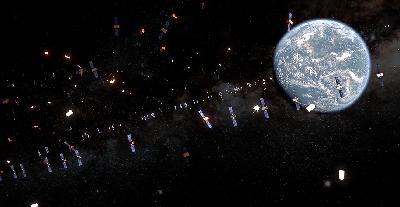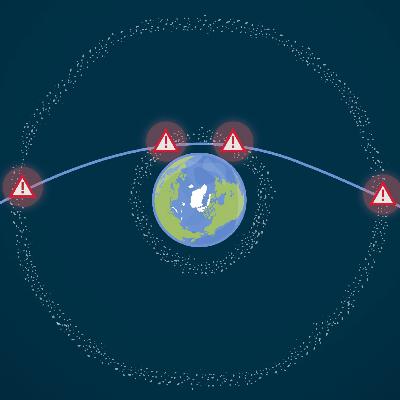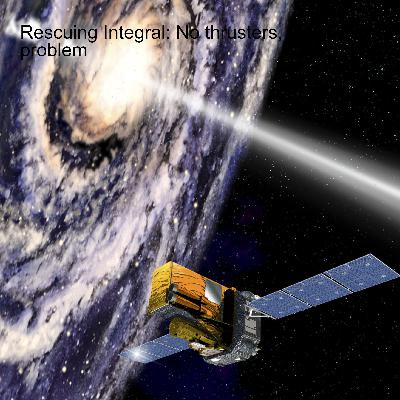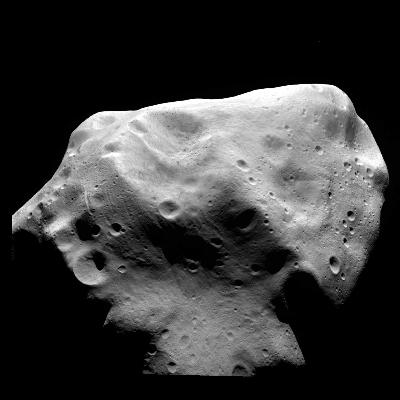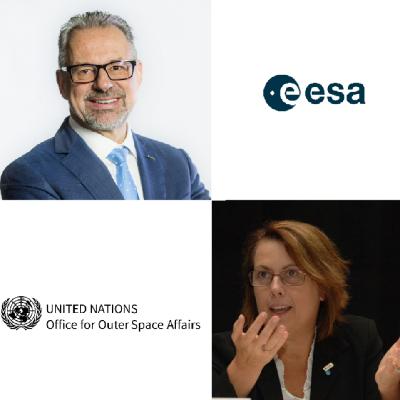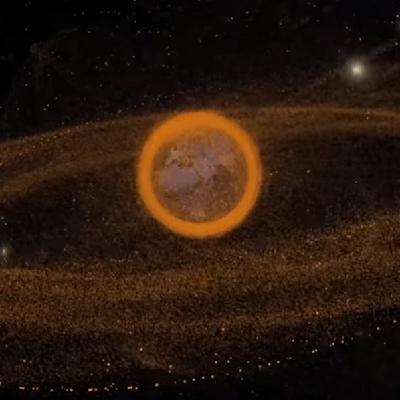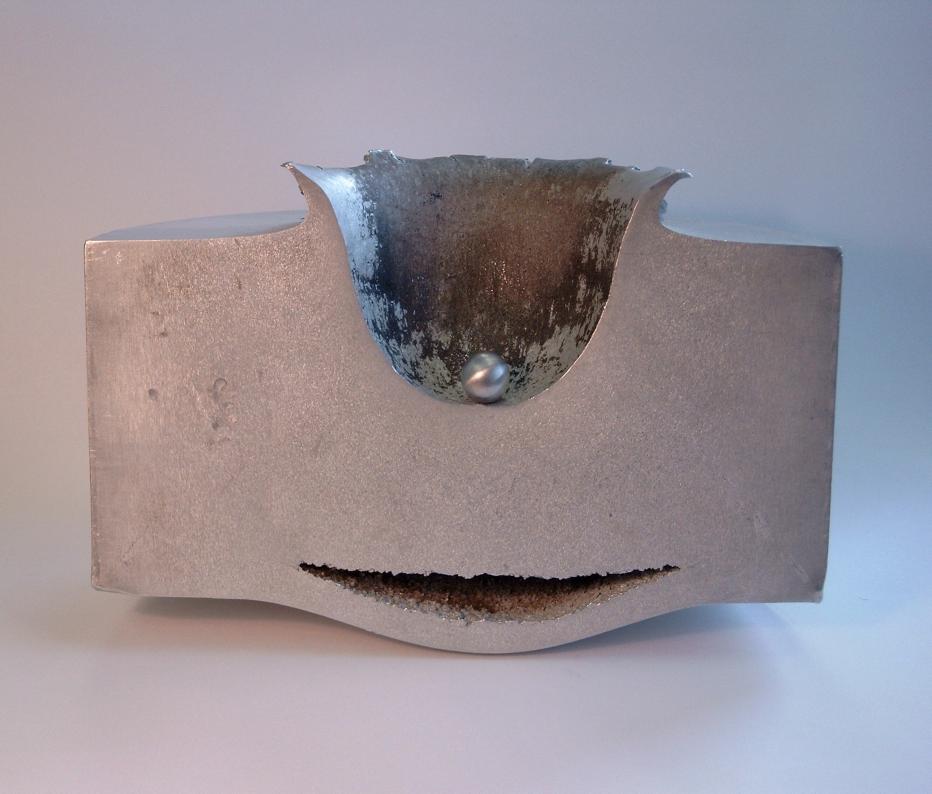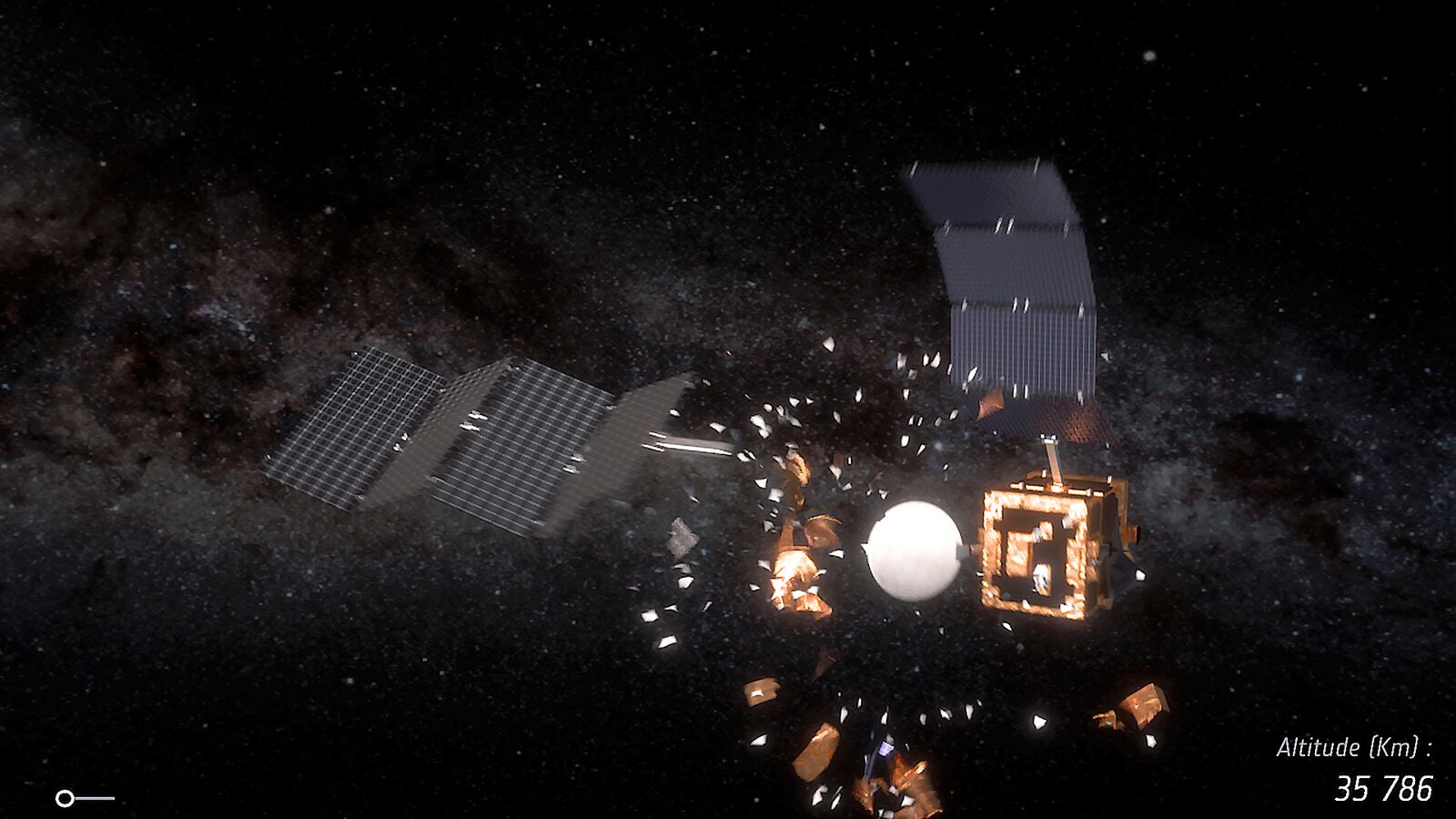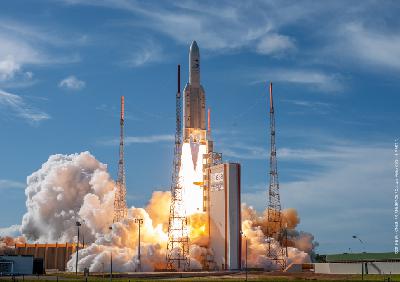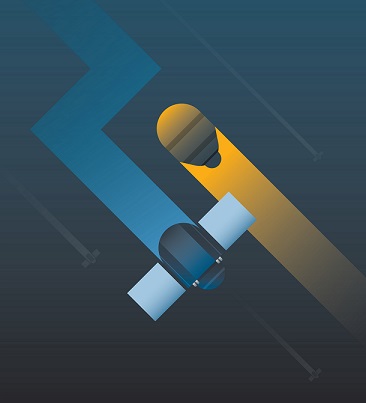ESA-UNOOSA on space debris: Falling to Earth takes a long time
Update: 2021-02-26
Description
Our planet's atmosphere gradually slows down satellites in orbit and brings them back down to Earth. However, depending on their altitude, this process can take an extremely long time. Had the dinosaurs launched a satellite into the furthest geostationary orbit, it would still be up there today. So, what do we do with spacecraft once they reach the end of their lives?
In episode 2 in our ESA-UN space debris series, Francesca Letizia and Xing-Yi Ang discuss the problem of slowly returning satellites, and what needs to be done to responsibly dispose of them at the end of their lives.
While you listen, check out the corresponding ESA-UN infographic that illustrates this topic.
Comments
In Channel

